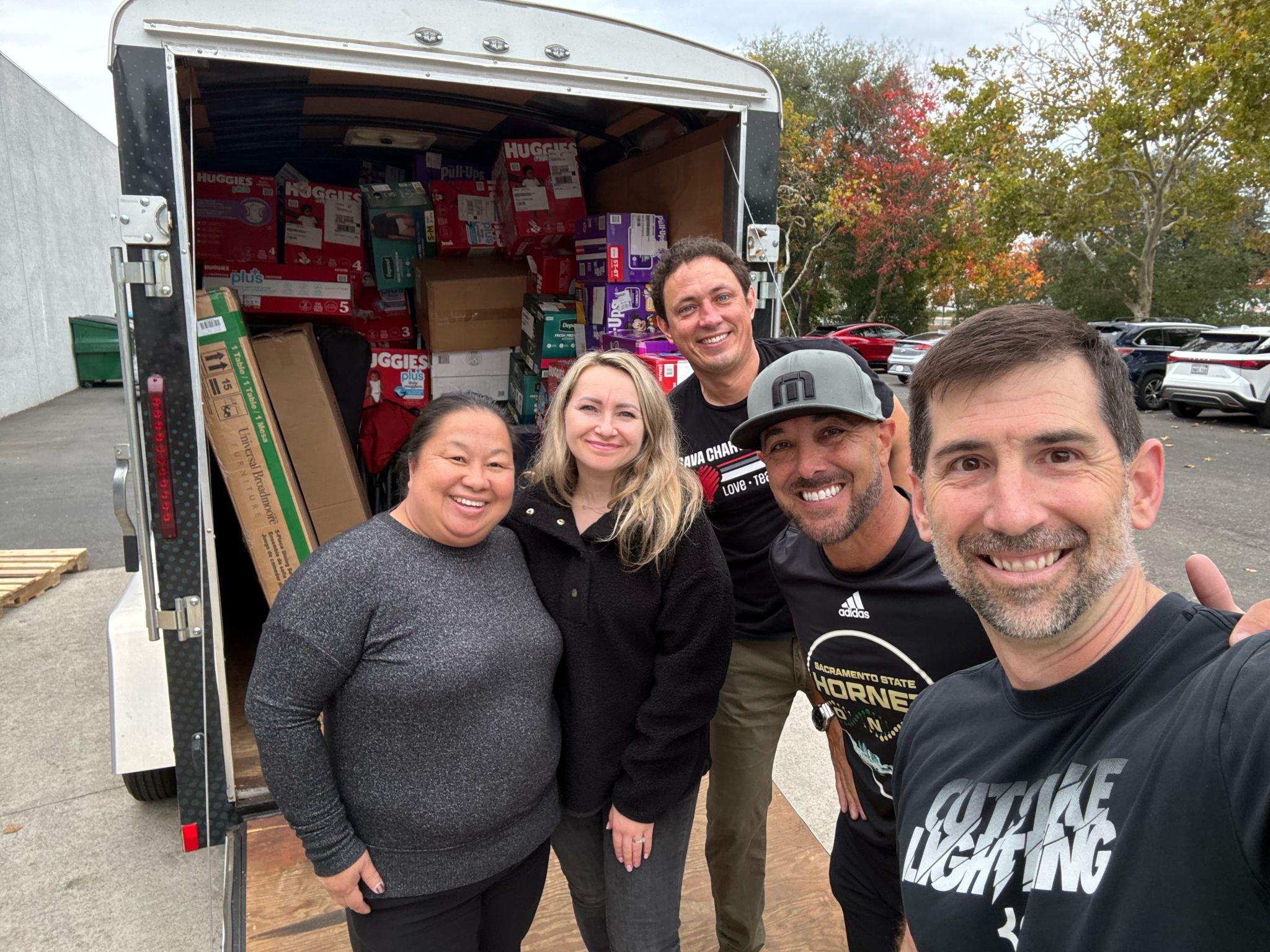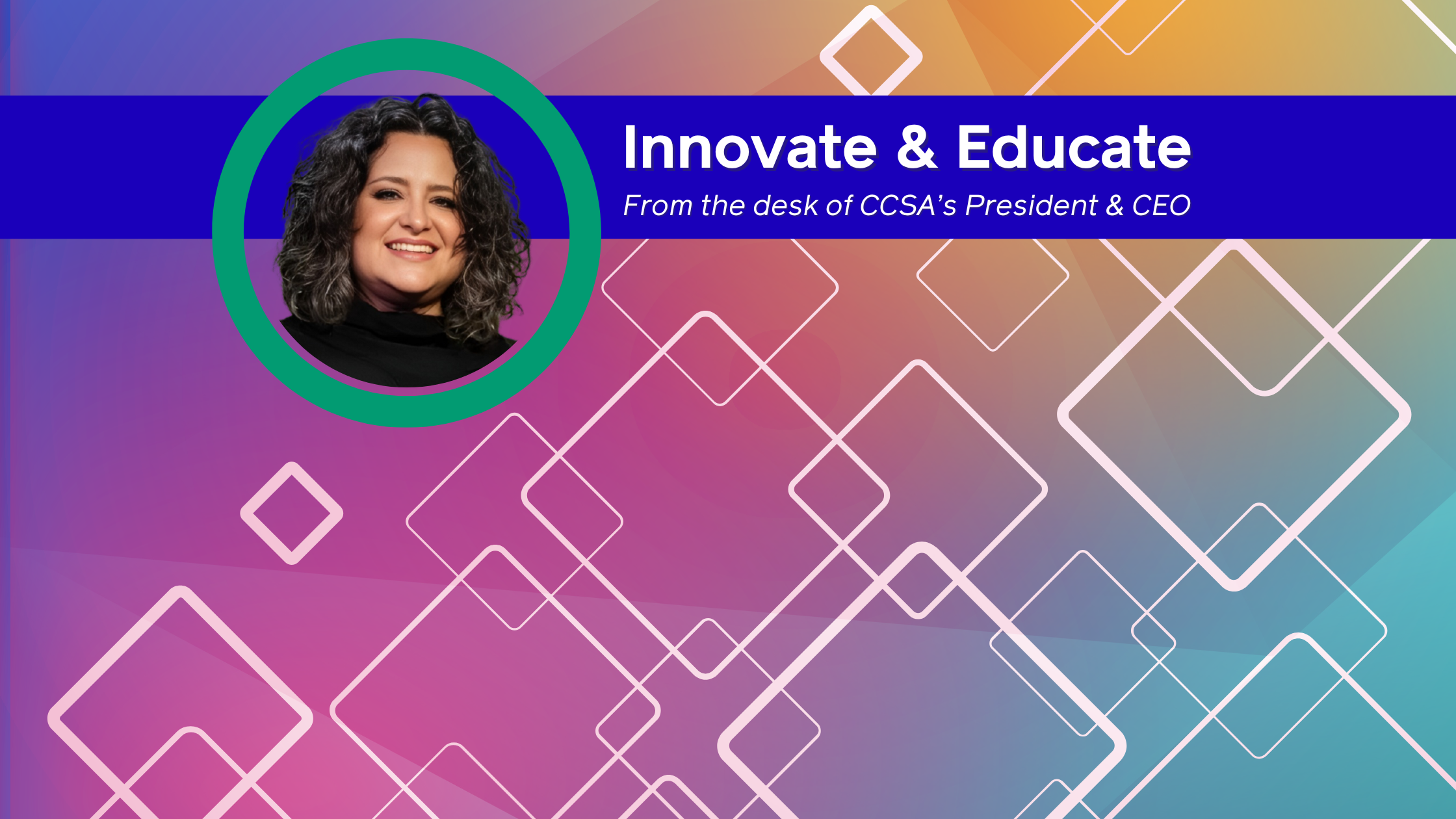-
The pandemic has put a new spotlight on distance learning and hybrid schooling models.
-
Many families have found that the flexibility provided by nonclassroom-based instruction better serves kid's needs and adapts to their lifestyles.
-
Now that schools are returning to the classroom, more families are looking for alternatives that maintain flexibility.
California charter public schools have been for some time adopting alternative learning models through nonclassroom-based (NCB) instructional programs. And it's clear why parents and families across the Golden State are flocking to them: a recent CCSA report tells how NCBs have helped address the varying needs of students and their families throughout the pandemic. Here, we will explain what an NCB school is and how families can look to them as a way to shape their child's educational pathway.
What is a nonclassroom-based school?
In California, NCBs are schools in which students spend less than 80 percent of their time physically in the classroom. In other words, these schools offer a range of models that allow for 20 percent or more instruction outside of a classroom.
A common misconception is that nonclassroom-based schools (NCBs) are the equivalent to virtual or online-only schools because the name implies that the classroom is nonexistent. But While the model of delivery differs from school to school, by law, instruction in NCBs is to be “substantially equivalent in quality and quantity to classroom instruction.”
Many NCBs have physical locations in communities and students attend classes much as they would in a traditional environment. The level of classroom attendance differs on the mode of learning that works best for the individual student.
Models of nonclassroom-based charter public schools
Nonclassroom-based models include independent study, project-based learning, remote or distance learning, online learning, asynchronous learning, home study, or a combination of any of these. These models allow for highly personalized instruction that adjusts to each student’s needs. Many families opt for these models because of their flexibility in delivering instruction.
Who can attend a nonclassroom-based charter public school?
Just like other charter public schools in California, NCBs are free, public, and open to all students. A charter public school may not discriminate and must admit all students who wish to attend the school and meet the enrollment requirements of their charter. For students with an Individualized Education Program (IEP), a determination is made as to whether an NCB providing independent study is appropriate and could be integrated into the IEP.
Programs and Specialties
NCBs offer a wide variety of programs adapted to fit into the lives of each student. College preparedness, career or technical education pathways, and school re-engagement programs, for example, may be suitable for students looking for a head start in their careers. Youth under 25 who are raising a family, for example, might be inclined to attend an NCB with a re-engagement program that offers a career pathway or Internship Credits.
Families with younger students may find that NCBs offer programs specializing in specific educational philosophies such as Montessori or Waldorf.
Teacher credentialing
All employees providing instruction to NCB students must be credentialed or have a “Certificate of Clearance” from the Commission of Teaching Credentialing following state law.
How do I know if a nonclassroom-based charter school is right for my family?
Families must be diligent in their search for the best school options for their child’s needs.
The California Charter Schools Association, as well as the California Department of Education, offers tools that families can use to find and compare schools that offer NCB instruction. CCSA’s report, “Serving Diverse Student Needs in the Golden State: Practices and Programs of Nonclassroom-Based Charter Public Schools,” is a good place to start as it outlines the programs and best practices that high-quality NCBs have implemented to serve the 190,000 California students that currently attend those schools.
Where can I find a nonclassroom-based charter school?
To find an NCB charter public school in your area, use CCSA’s "Find a Charter School" locator or the California Department of Education’s Charter School Locator.
This story was written by Fabiola Prieto, CCSA's Associate Director of Community Engagement. You can contact her at fprieto@ccsa.org.


-1.png)